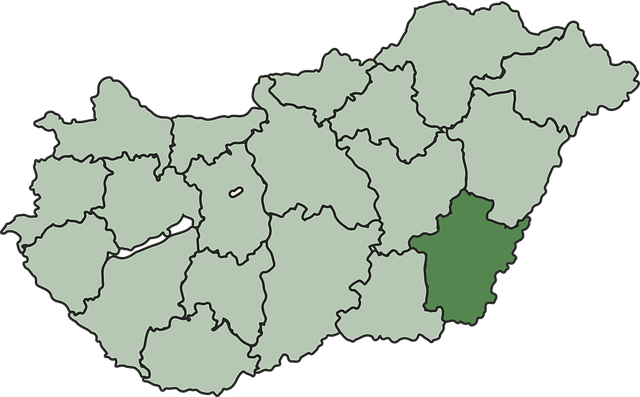Forests, deserts, and mountains are not isolated but interconnected through complex ecosystems. These ecosystems influence local climates, soil fertility, and biodiversity, directly and indirectly affecting property values and development prospects (Real Estate). Understanding these relationships is vital for informed real estate planning and conservation strategies, as actions in one region can have far-reaching consequences. Sustainable management requires a holistic approach, preserving natural water cycles and promoting biodiversity to ensure long-term benefits for both ecosystems and human communities.
Forests, deserts, and mountains—seemingly disparate landscapes—are intricately interconnected, forming a complex web of ecosystems. This article explores how these diverse environments influence each other, from atmospheric patterns to biodiversity. We delve into the real estate implications, examining how their interdependence affects land value and development strategies. Additionally, we discuss sustainability measures for managing these interconnected natural landscapes, emphasizing the importance of conservation in an era where environmental awareness drives real estate decisions.
The Interconnected Ecosystem: How Forests, Deserts, and Mountains Affect Each Other

Forests, deserts, and mountains might seem like distinct landscapes, but they are intricately interconnected, forming a complex web of ecosystems that influence each other in profound ways. This interdependence is a key aspect often overlooked in discussions about real estate and natural resources management. For instance, forests play a crucial role in shaping desert climates by influencing rainfall patterns through evapotranspiration, which can affect the type of vegetation that grows in arid regions.
Mountains, acting as barriers, disrupt air flows, leading to the creation of microclimates at different elevations. This phenomenon can impact forest composition and species distribution, subsequently affecting wildlife habitats. Furthermore, mountains capture and store water through precipitation, feeding rivers and streams that flow into forests and deserts below, ensuring a steady water supply for diverse ecosystems. Understanding these connections is vital for sustainable land use planning and conservation efforts in these regions.
Real Estate Implications: Understanding the Impact on Land Value and Development

The interconnectedness of forests, deserts, and mountains has profound implications for real estate markets and land development. These ecosystems, often seen as isolated, are actually linked through complex ecological processes that influence local climates, soil quality, and biodiversity—all factors that impact property values and development potential. For instance, forests can act as carbon sinks, influencing regional weather patterns and creating microclimates that support diverse plant life, which in turn attracts wildlife and enhances ecosystem services beneficial to nearby properties.
Deserts and mountains, while seemingly harsh environments, also play critical roles in water regulation and biodiversity preservation, indirectly affecting land suitability for agriculture and residential development. Understanding these ecological connections is crucial for real estate professionals when assessing investment opportunities and planning sustainable development strategies. Developers must consider the long-term environmental health of these interconnected regions to ensure the value and resilience of their properties in an ever-changing climate.
Navigating Sustainability: Conserving and Managing These Interconnected Natural Landscapes

Navigating Sustainability: Conserving and Managing These Interconnected Natural Landscapes
Forests, deserts, and mountains are not isolated entities but rather parts of a complex, interconnected web. In today’s world, where real estate development is on the rise, it’s crucial to understand and respect this interdependence. Deforestation, for instance, can lead to increased soil erosion in mountain regions, impacting water quality and availability downstream, which in turn affects desert ecosystems reliant on consistent water flows. Similarly, unmanageable desertification can cause sand storms that not only harm local habitats but also travel long distances, affecting air quality and visibility in mountainous areas.
Sustainable management of these landscapes demands a holistic approach. Conservation efforts must consider the unique relationships between each ecosystem. Real estate development should prioritize sustainable practices, such as reforestation initiatives and the preservation of natural water cycles. By working collaboratively with local communities, scientists, and conservationists, we can ensure that these interconnected natural landscapes thrive. This not only safeguards biodiversity but also provides long-term benefits for human populations dependent on healthy ecosystems for their well-being and economic stability.






